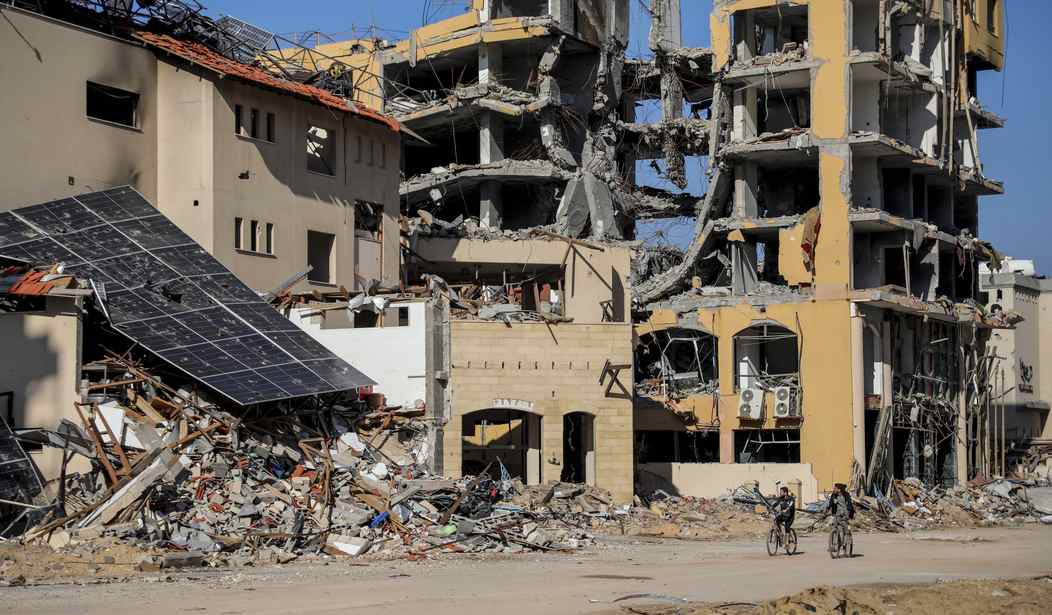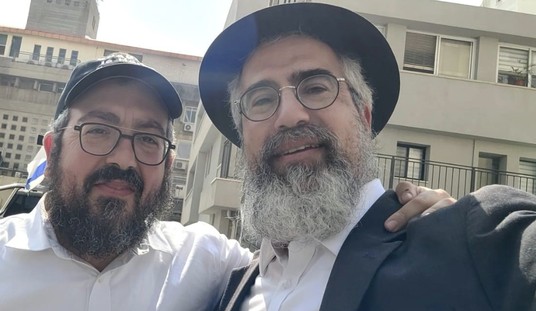The war in Gaza has resumed after talks to extend the pause for hostage releases broke down. Israel's warplanes pounded southern Gaza after warning residents in several towns to flee.
“With the return to fighting, we emphasize: The government of Israel is committed to achieving the war aims — freeing our hostages, eliminating Hamas and ensuring that Gaza will never again pose a threat to the residents of Israel,” Prime Minister Benjamin Netanyahu of Israel said in a statement released by his office.
While a cause for the breakdown in negotiations wasn't cited, it seems likely that Israel was tiring of Hamas's game-playing with the hostages and was demanding that Hamas release more than ten or so prisoners at a time. Prime Minister Netanyahu was not going to allow Hamas a tactical advantage by using the hostages as a delaying tactic.
Hamas has released 94 Israeli hostages so far, but on Thursday, they only released eight. There are still more than 150 hostages being held, including 8 or 9 Americans. With pressure building on Netanyahu to agree to a ceasefire, the Israelis want to destroy as much Hamas infrastructure and kill as many Hamas fighters, especially the leadership, as possible before the Americans force their hand on negotiations.
On his recent trip to Israel, U.S. Secretary of State Antony Blinken met with Israel's war cabinet and told the Israelis that they were running out of time.
At one point in the meeting, Defense Minister Yoav Gallant noted that the Israeli public is united behind the goal of dismantling Hamas, even if it takes months, the Israeli official said.
Blinken responded that he wasn’t sure if Israel would have the international backing to continue fighting for so long at the same intensity that was seen before the war was temporarily paused in a truce deal last Friday, according to the official.
But if it's a question of limiting civilian casualties, there's only so much the IDF can do.
Leaflets dropped on eastern areas of the main southern city Khan Younis ordered residents of four towns to evacuate - not to other areas in Khan Younis as in the past, but further south to the crowded town of Rafah on the Egyptian border.
"You have to evacuate immediately and go to the shelters in the Rafah area. Khan Younis is a dangerous fighting zone. You have been warned," said the leaflets, written in Arabic.
Israel released a link to a map showing Gaza divided into hundreds of districts, which it said would be used in future to communicate which areas were safe.
There's a chance that the truce will be re-established as negotiations continue. But Netanyahu has made it abundantly clear that Hamas is going to have to accelerate its hostage releases if it expects any consideration from Israel as far as humanitarian supplies or further prisoner releases are concerned.










Join the conversation as a VIP Member